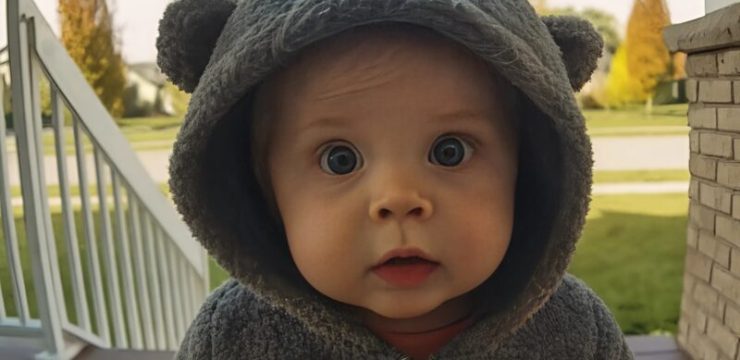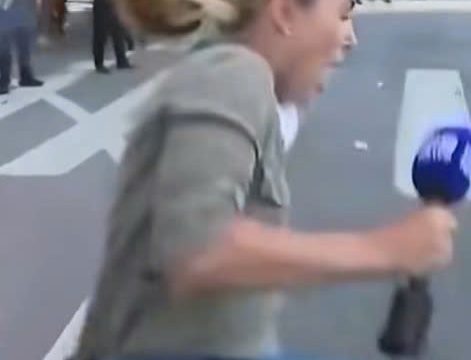Homework has always been a part of growing up, often met with a mix of curiosity and frustration. But sometimes, what seems like a straightforward assignment can turn into a baffling puzzle, as Angie Warner and her second-grader discovered. Let’s explore the story of this tricky math problem that left almost everyone scratching their heads.

For many kids, homework represents a step toward maturity, a way to show they’re growing up. But as Angie Warner reminisced about her own school days, she realized how quickly excitement can turn into a challenge. This was especially true when her second-grader brought home a math problem that neither of them could solve.
In today’s digital world, when faced with a tricky problem, it’s common to turn to online communities for help. That’s exactly what Angie did when she posted the math problem on the Breastfeeding Mama Talk Privately Facebook page, hoping for some clarity. Instead, she sparked a wave of confusion and debate.
The problem seemed simple at first: “There are 49 dogs signed up to compete in the dog show. There are 36 more small dogs than large dogs signed up to compete. How many small dogs are signed up to compete?” It looked like a straightforward question, but as soon as people started to solve it, things got complicated.
Many were quick to jump to conclusions, thinking the answer was 36 small dogs. But as Angie’s post gained attention, it became clear that the problem wasn’t as simple as it first appeared. People from all walks of life, from seasoned mathematicians to parents, were stumped. The question wasn’t just about arithmetic—it required logical deduction.
As the online community continued to speculate, the solution finally came from an unexpected source: the school district. After days of debate, they revealed the answer: 6.5 large dogs and 42.5 small dogs.
While the answer seemed odd at first—who ever heard of half a dog?—it actually made sense when you applied algebra. Here’s how the math works:
- Let large dogs be represented by “x” and small dogs by “y.”
- The total number of dogs is 49, so:
49 = x + y. - The problem also states that there are 36 more small dogs than large dogs, so:
y = x + 36. - Combine the two equations:
49 = x + (x + 36). - Simplify it:
49 = 2x + 36. - Subtract 36 from both sides:
13 = 2x. - Divide by 2:
x = 6.5, meaning there are 6.5 large dogs. - Finally, substitute back to find y:
y = 42.5, meaning there are 42.5 small dogs.
Though the solution is mathematically correct, it’s certainly not what most people expected from a second-grade math problem. The unusual answer highlights how even simple-looking problems can have complex solutions.
Angie Warner’s experience is a reminder that challenges can come from the most unexpected places. Whether it’s a math problem or a life challenge, perseverance and critical thinking are key to finding the answer—even when it seems impossible at first.
This story not only showcases the surprising complexity of a second-grade math problem but also emphasizes the importance of approaching problems with patience and an open mind. After all, the answer might be more complicated than it appears.





